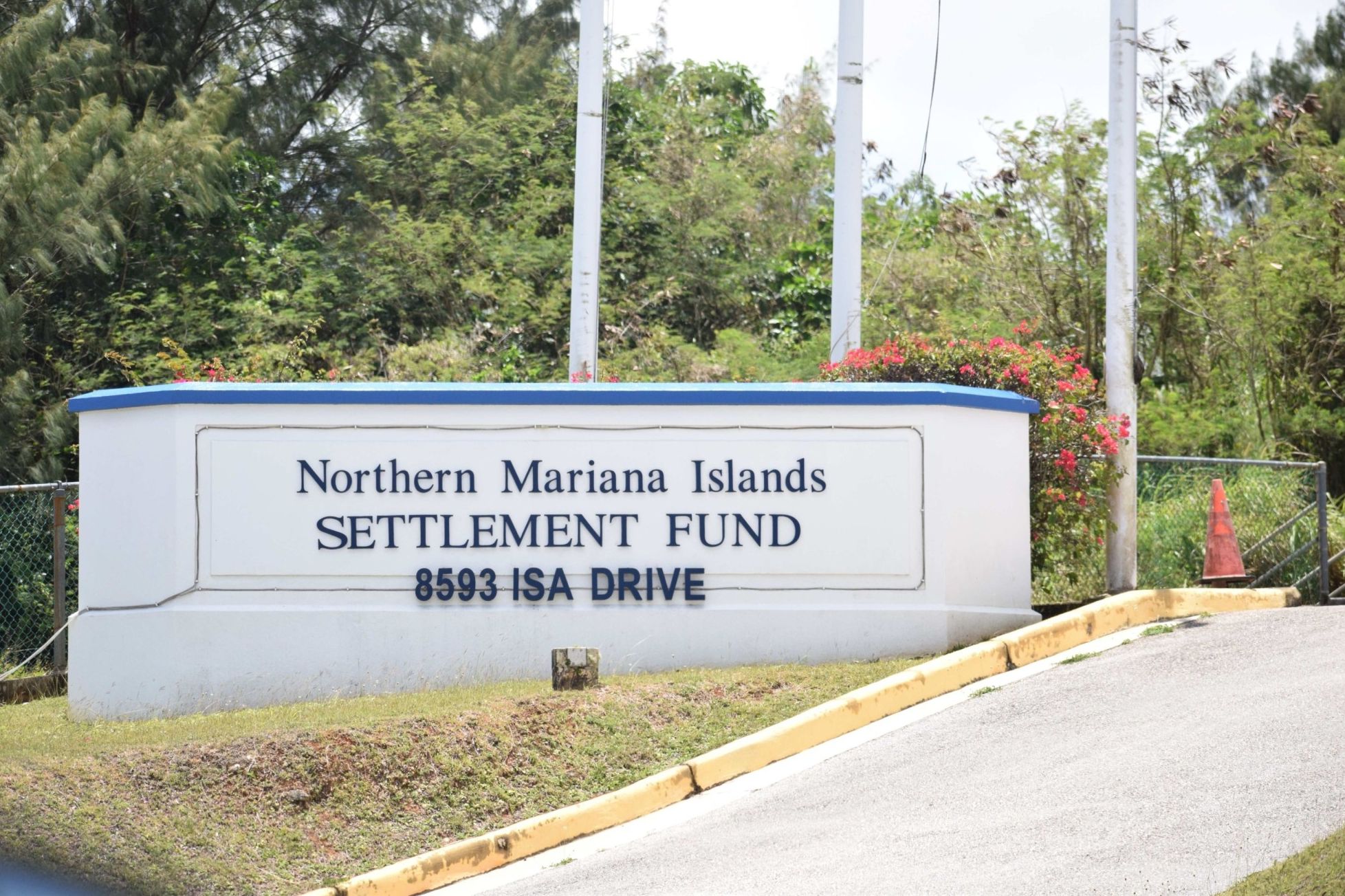IF you are looking for a woman who displayed courage, determination and skill, while maintaining her femininity, you have a hero in Mary Patten.
Born in 1837, she married Joshua Patten just short of her 16th birthday. He was the captain of the merchant vessel Neptune’s Car, which travelled the route from New York to San Francisco, around South America, linking the two American coasts. In those days, overland travel was lengthy, expensive and dangerous, with no roads and an abundance of hostile native tribes, so the sea route, though long, was faster, safer, and more cost-effective.
In 1855, Captain Patten set sail and decided to take his new bride with him. Since he may be gone for a long time, he did not want to abandon his new wife for so long so early in the marriage. For the next year and a half, the ship sailed to San Francisco, China, London and back to New York, and Mary passed the time by studying navigation and assisting her husband with shipboard duties. She proved a keen student, a quality which would end up saving her life.
In July 1856, Neptune’s Car departed once again for San Francisco, this time in company with two other ships. Since these clipper ships had reputations for speed, wagers were placed on who would arrive in California first.
Halfway through the voyage, as the vessels rounded Cape Horn, Joshua developed tuberculosis and slipped into a coma. Under normal circumstances, the first mate would assume command of the ship. However, earlier in the voyage, the captain caught the first mate sleeping on watch and even reefed the sails which cost them speed and time. Joshua suspected the man had placed a bet that one of the other ships would arrive at San Francisco first and was deliberately costing Neptune’s Car the race. Even if that were not the case, the man was guilty of very poor seamanship as well as dereliction of duty and the captain lost faith in him, so he had him confined to his cabin for the duration of the journey. The second mate was illiterate and unable to navigate, which left Mary Patten, wife of the captain and very pregnant, as the most qualified to take control of the ship.
Furious, the first mate wrote a letter to Mary, arguing that she could not do the job and she should let him take command. The voyage was too fraught with danger, and she could not possibly bring the ship safely into port. Mary replied that if her husband could not trust him as first mate, she could not trust him as captain. He then tried to turn the crew against her, but Mary proved up to the challenge.
The crew demanded they put in at Valparaiso, Chile but that would certainly mean the loss of the crew, the cargo and possibly the ship itself. And where would that leave Mary, a young, pregnant woman in a strange land with a comatose husband who may or may not survive his illness? In a rousing, impassioned speech, Mary implored the crew to stay the course. They should continue to San Francisco and finish the job. There they would be safe, and they would get paid, neither of which would happen if they abandoned her in South America. The crew gave Mary their unanimous support.
As Neptune’s Car neared San Francisco Bay, she rejected an offer for a pilot to dock the ship and took the wheel herself, bringing the vessel, its cargo and crew, and her husband safely back from oblivion. She was nineteen years old and eight months pregnant when they reached port, and they even beat one of the other ships to California.
The vessel’s insurers, recognizing that Mary had saved them thousands of dollars’ worth of cargo and possibly the whole ship, awarded her one thousand dollars in 1857. She said she performed “only the plain duty of a wife.” Joshua came out of his coma but never recovered from his illness. He died after returning to New York, just as Mary gave birth to their son, who she named after his father. Mary herself died of tuberculosis in 1861, shortly before her 24th birthday.
Some may argue that Mary’s moment of heroism was nothing special, that she was simply in the right place at the right time. I disagree. She was obviously made of strong stuff. She agreed to travel on the ship, which most women in those days would not have done, she used her time wisely to learn navigation and pilotage, she faced down the challenge by the first mate, nursed her husband the best she could, and persuaded the crew to support her in a difficult situation. If not aboard Neptune’s Car, Mary would have become a hero in another place, at another time. It is who she was.
BC Cook, PhD lived on Saipan and has taught history for 20 years. He currently resides on the mainland U.S.

BC Cook











